The Routes of the Italian Romea Strata
Eleven paths, one pilgrimage to Rome
In Italy, the Romea Strata unfolds through eleven historic routes, each with a distinct identity tied to ancient roads, diverse landscapes, and local traditions. From the Alps to the Tuscan hills, these paths weave through history, nature and inner journey, offering pilgrims different ways to reach the heart of Italy.
Discover each route, follow your pace, find your way.

Romea Allemagna
The Via Romea Allemagna begins in Tarvisio, on the Austrian border, and crosses Friuli Venezia Giulia and Veneto to Concordia Sagittaria, an ancient crossroads of paths and culture.
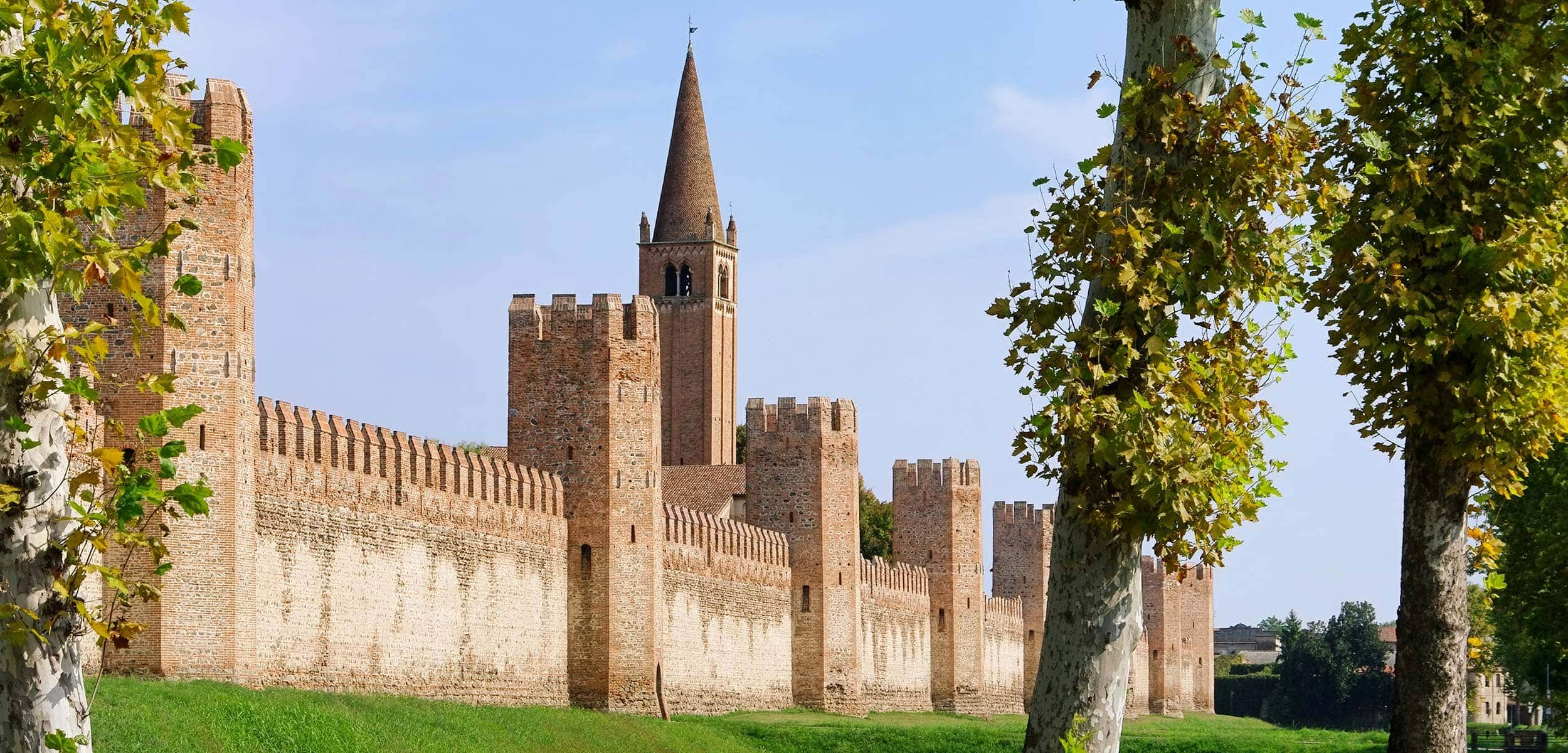
Romea Annia
The Via Romea Annia connects Concordia Sagittaria to Monselice, passing through the Lagoon of Venice, Altino, Padua and the Euganean Hills. The route follows an ancient Roman road that became a pilgrimage route.
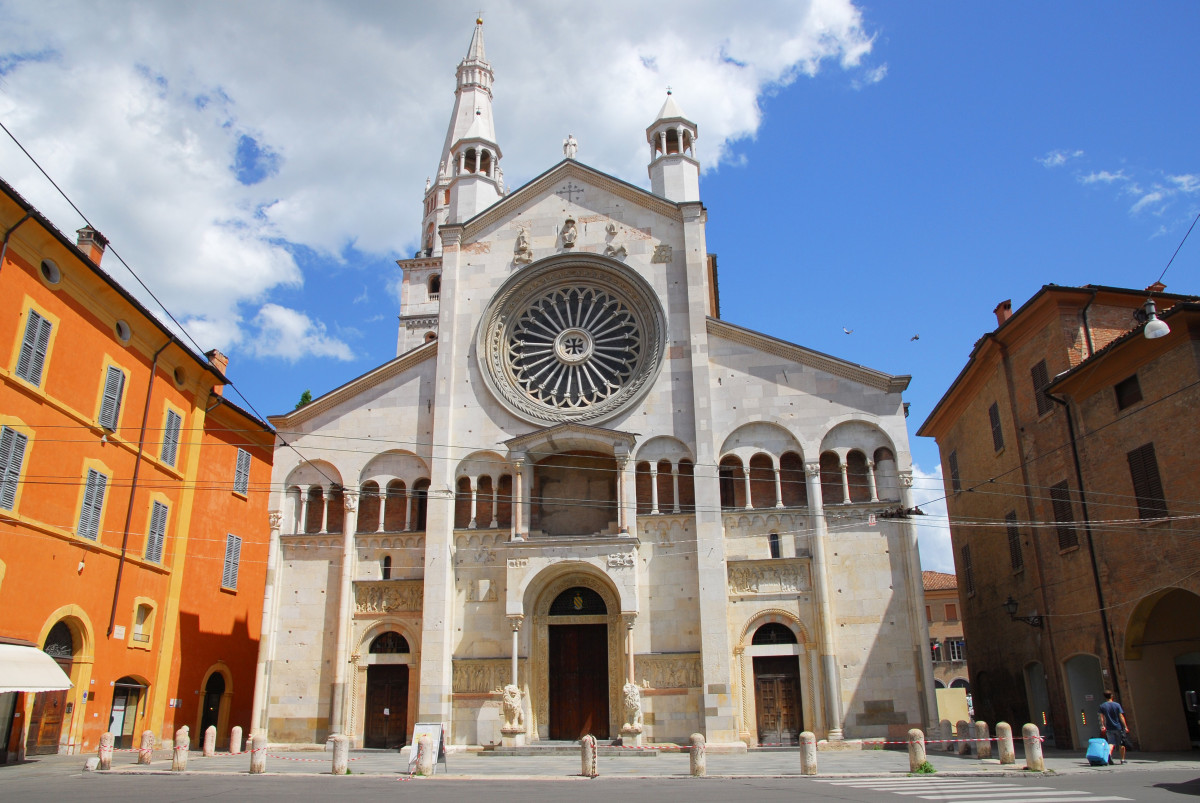
Romea Nonantolana Longobarda
The Via Romea Nonantolana-Longobarda links Nonantola to Fucecchio, crossing the Apennines between Emilia Romagna and Tuscany.
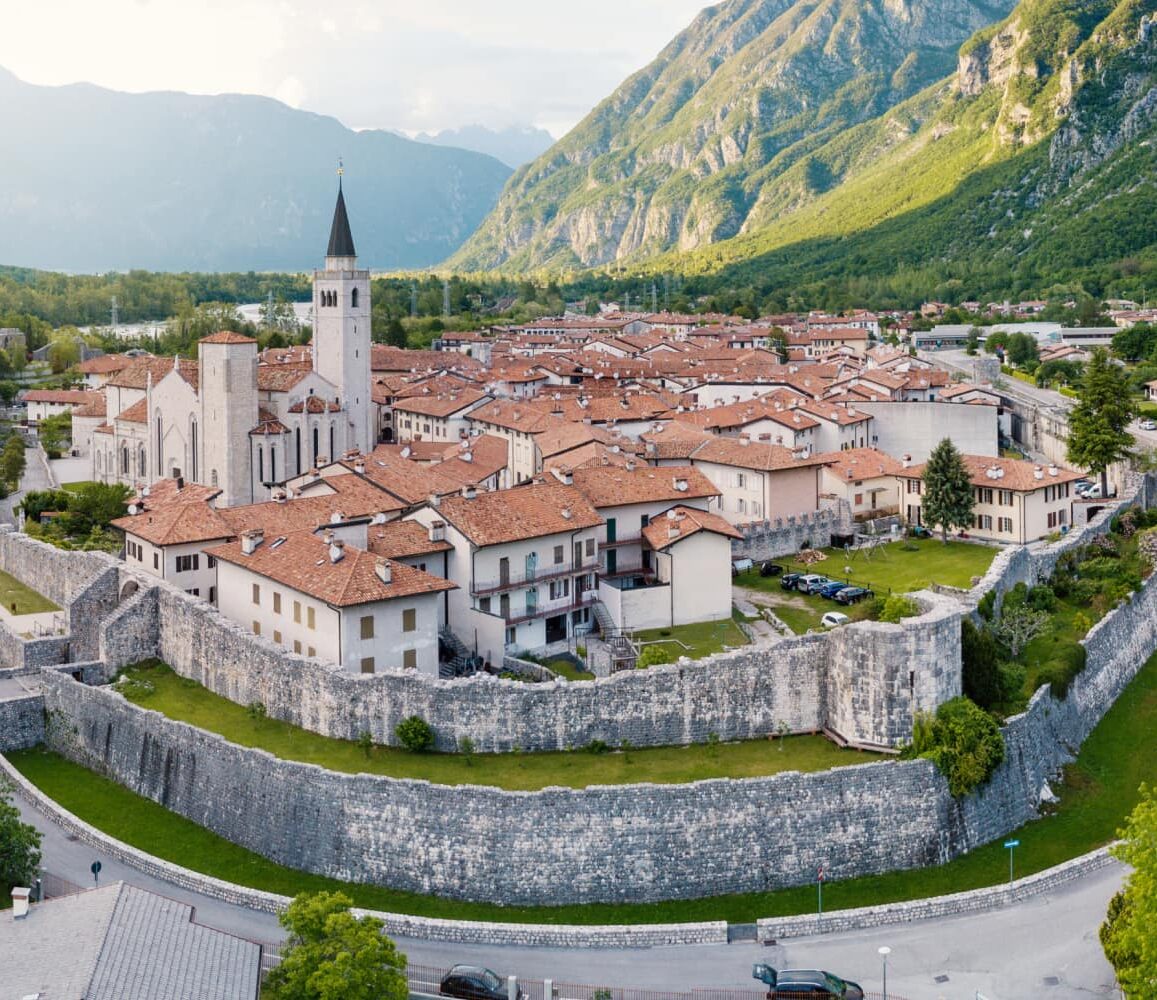
Romea Iulia Augusta
The Via Romea Iulia Augusta begins at the Monte Croce Carnico (Plöckenpass), which separates Italy from Austria, specifically the province of Ost Tirol.
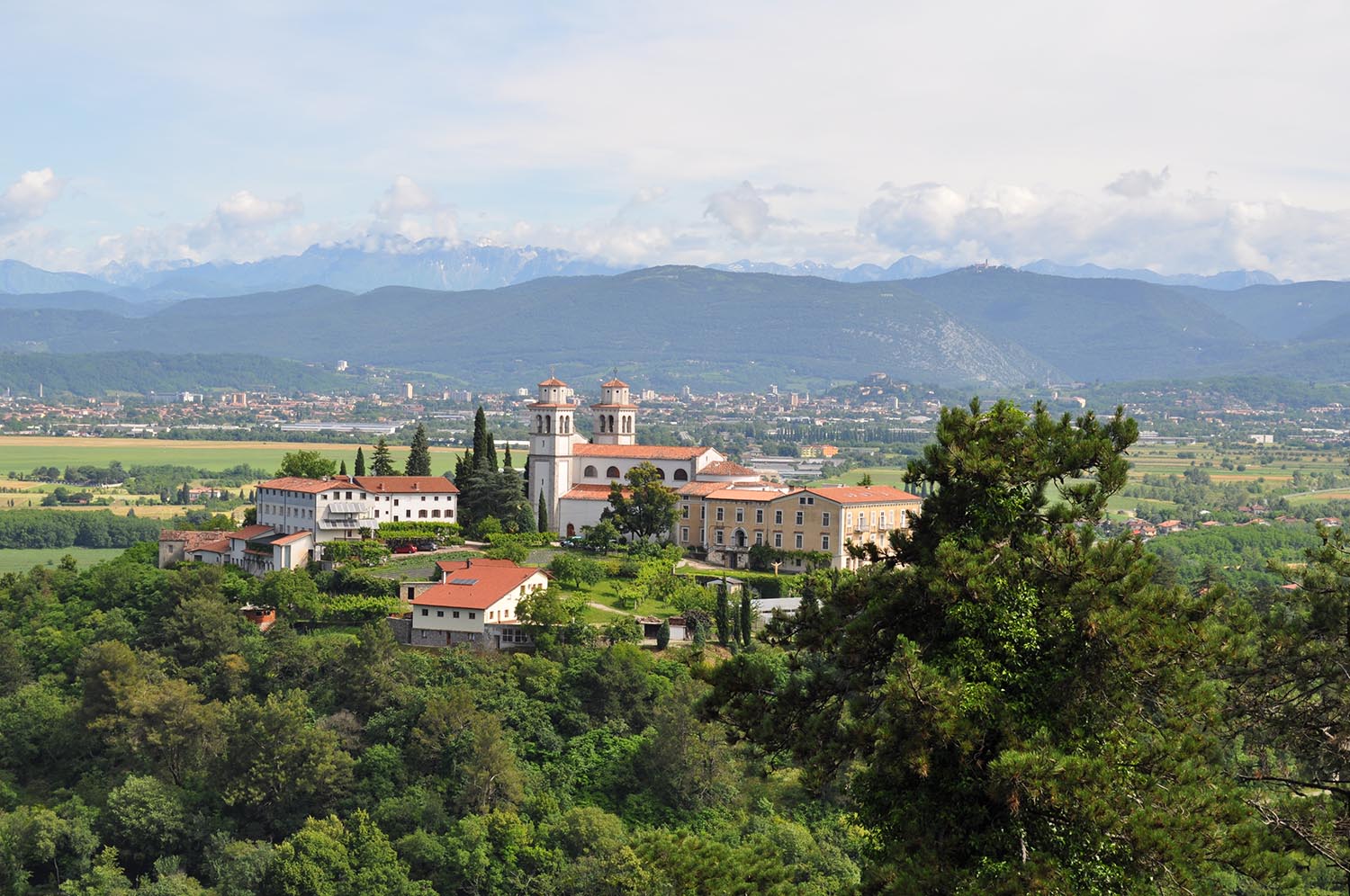
Romea Aquileiense
The Via Romea Aquileiense begins in Slovenia at the sanctuary of Our Lady of Sorrows in Miren-Kostanjevica on Mount Grado.
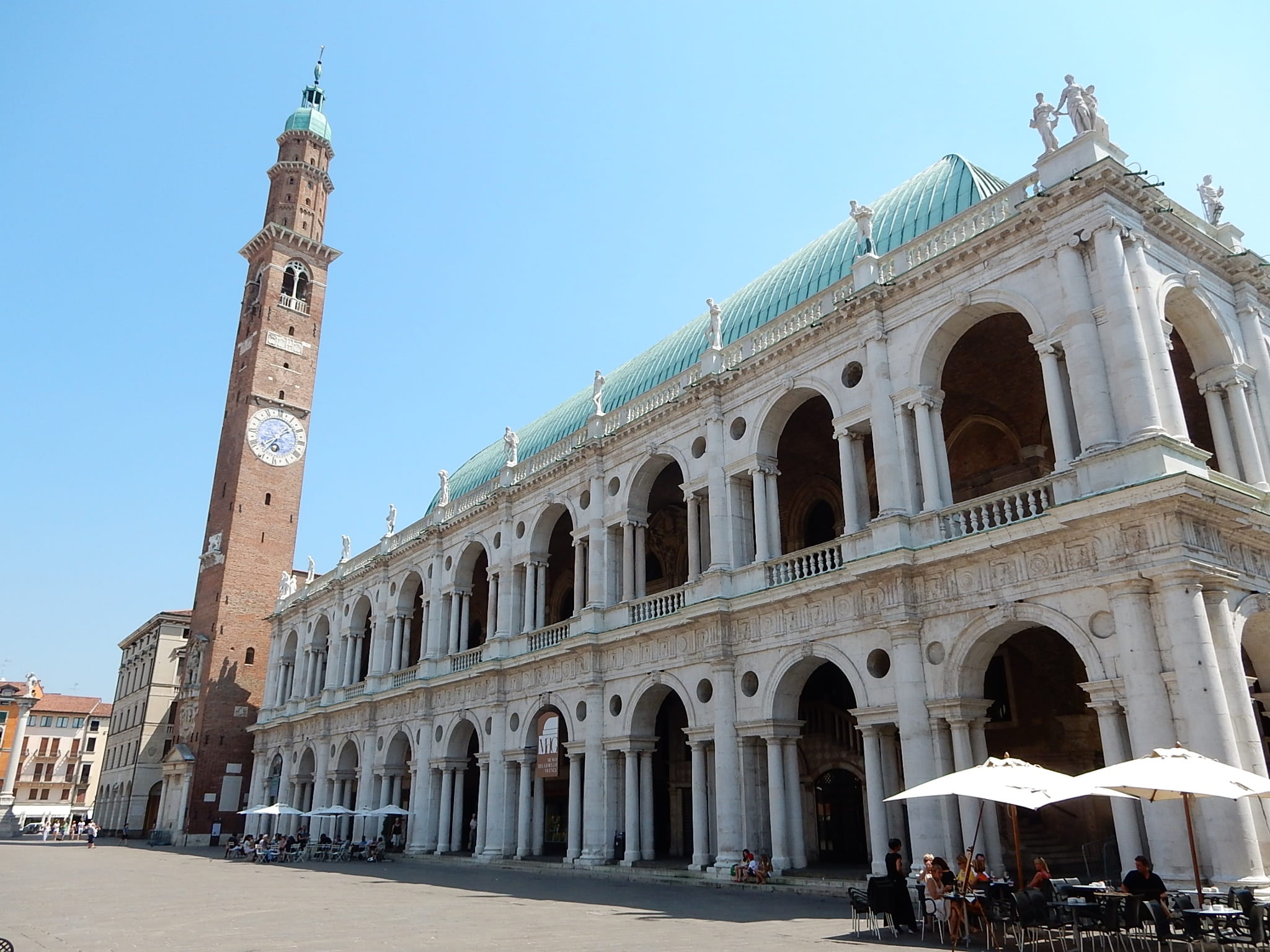
Romea Vicetia
The Romea Vicetia begins up there, among the mountains that guard memory. From the Campana dei Caduti di Rovereto, we descend towards the Pian delle Fugazze, at the foot of the Pasubio. Here every step is listening, every bend is an invitation to remember.
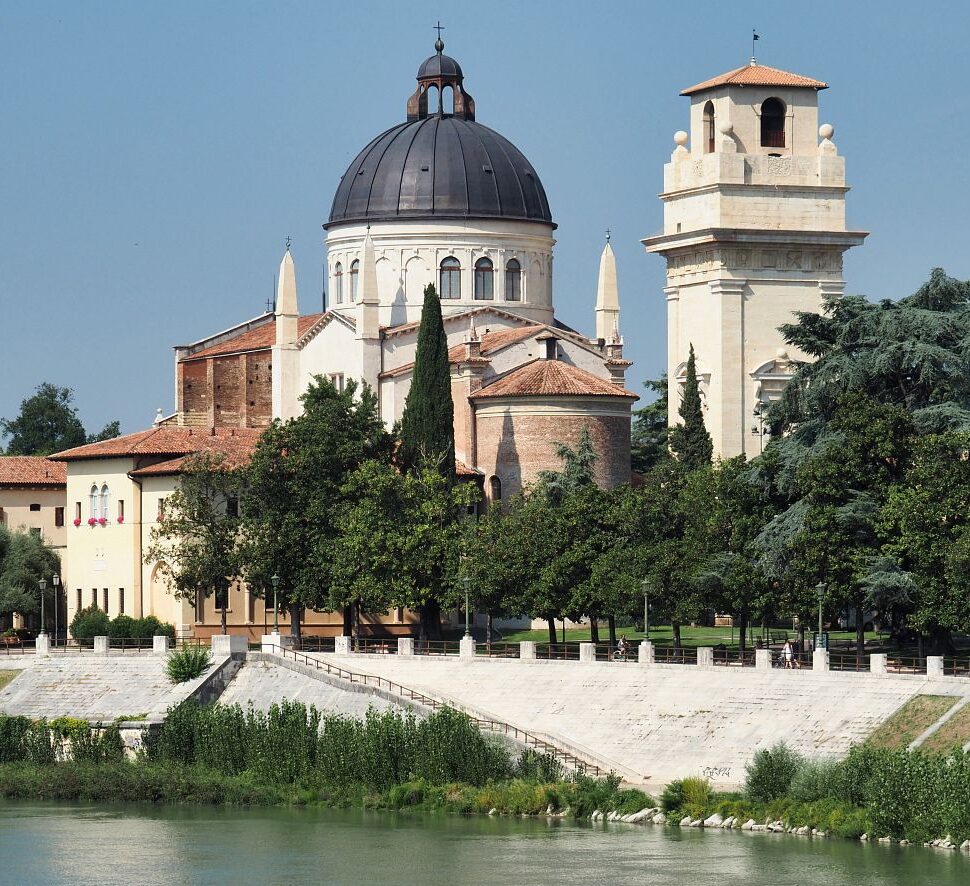
Romea Postumia
The Romea Postumia is a short but historically rich route. It starts in Verona, the medieval “Minor Hierusalem”, a city full of memories, and follows the route of the ancient Roman consular road that led from Genoa to Aquileia.
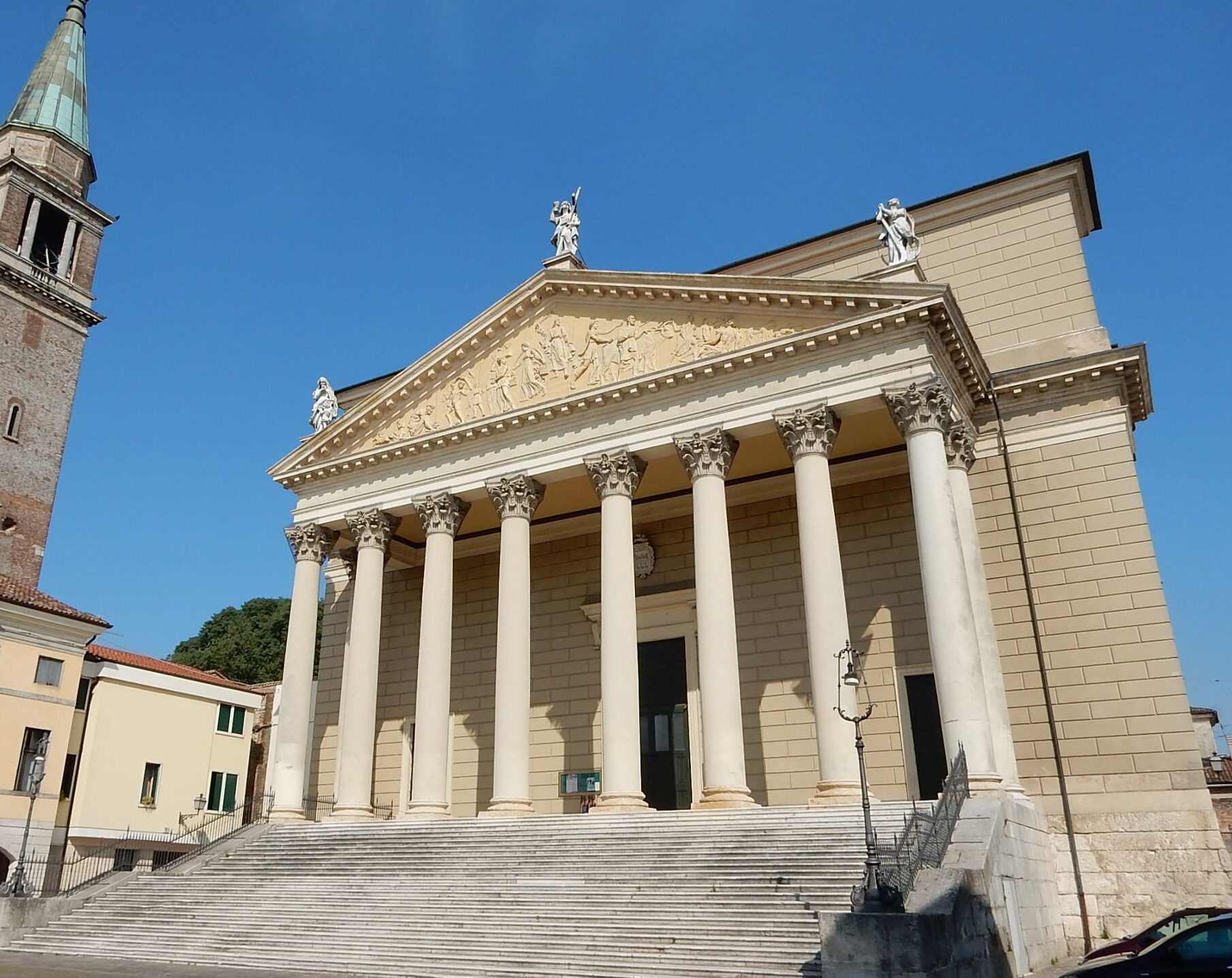
Romea Porciliana
The Romea Porciliana is a short path, but full of meaning. It starts in San Bonifacio, land of vineyards and sanctuaries, and walks along waterways and orderly fields to Arcole, where history has left the echoes of its battles.

Romea del Santo
From the fortress of Bassano del Grappa, a city of bridges and resistance, we descend between river and countryside to Camposampiero, where the presence of Saint Anthony is still alive in the convents and silence.
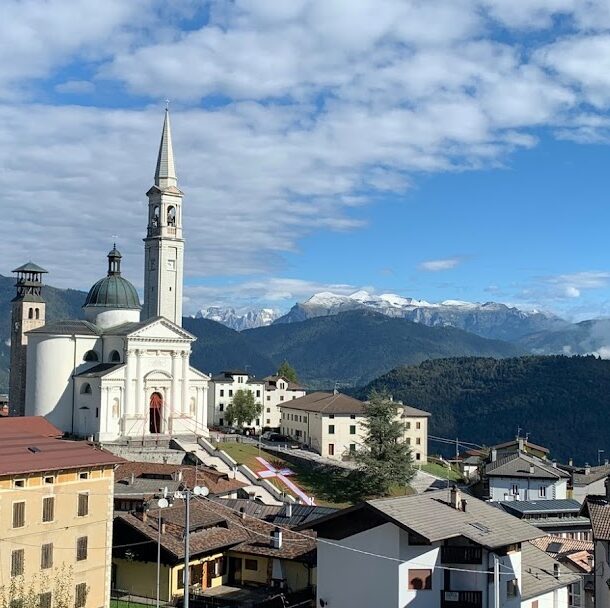
Romea Transumanza Saliso
From the heart of the plateau, Enego leads the way south. It follows the transhumance route, the same route travelled for centuries by shepherds bringing flocks and stories to the valley.

Romea Claudia Augusta
The Via Claudia Augusta enters Italy at the Reschen Pass, with the submerged bell tower emerging from the waters like a sign between time and legend. From here, one walks along the ancient Roman axis that connected the Germanic world to Rome.
Pilgrim Resources

WHERE TO STAY
Every journey needs a stop. Here you can find places to sleep along the Romea Strata, accommodations designed for those who travel slowly and mindfully.
PREPARE YOUR JOURNEY

Discover everything you need to make the most of your journey on the Romea Strata, with practical advice and useful tips.
Equipment

A good pilgrimage starts with a well-prepared backpack: discover how to choose the right gear for comfort, safety, and lightness.
Guides

The official guides accompany you before and during the journey: clear information at your fingertips.

CREDENTIAL;
The Pilgrim’s Credential
You’re not just a traveler — with the Credential, you become a pilgrim on the road to Rome.
Collect stamps along the way, discover the Miliarium, and turn your journey into a personal diary.
At the end, you can receive the Testimonium at St. Peter’s Basilica.




